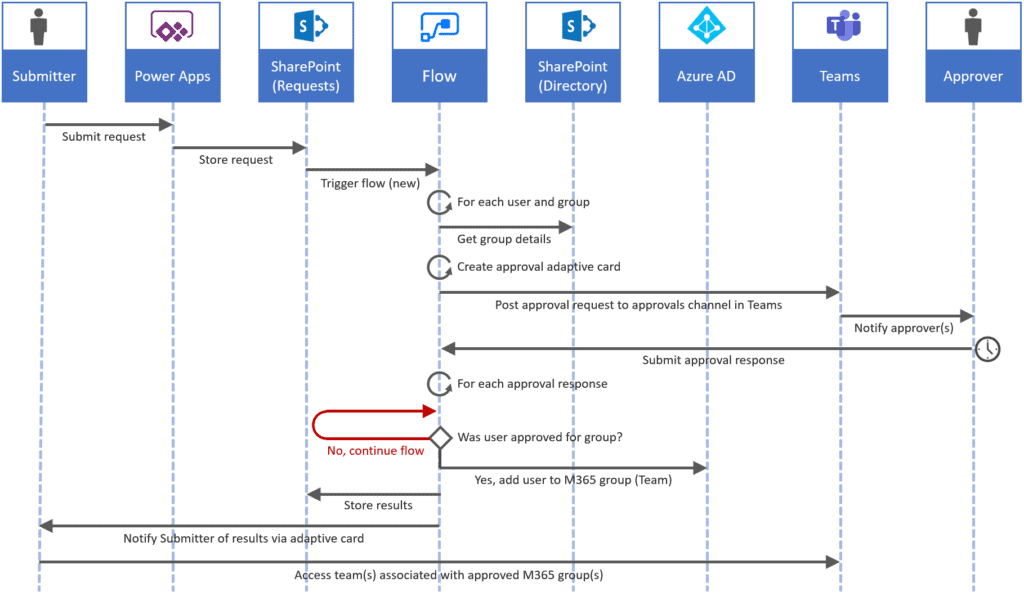Business processes are the backbone of any organization. But with all the time spent on manual processing, human errors, and system inefficiencies, companies are losing thousands of dollars each year just trying to function.
That’s where business process automation (BPA) comes in. The BPA market is ballooning at a rate of 10% year-over-year. And for a good reason — it gets your employees away from manual, administrative tasks and back to doing the job you hired them to do.
What is business process automation?
Business process automation is the use of technology, including software and systems, to automate simple to complex repeatable, everyday tasks.
In doing so, BPA accelerates how work gets done through automated processes defined by the user’s rules and actions. Information is routed to the right place at the right time without significant manual effort. Ultimately, companies can improve their overall efficiency as most frequently repeated tasks are automated to increase speed, accuracy, and consistency.
Some common uses for BPA include supply chain management, employee onboarding, system provisioning, work intake management, document approval, and social media posting.
What problems can BPA solve?
BPA can solve numerous processes inefficiencies and alleviate significant pain points that organizations across industries are facing. Some of the common scenarios in process automation include:
- Governance: How do we avoid system, site and content sprawl in a way that is standardized and controlled, but still agile and intuitive?
- Streamlining: How can we improve and track our work intake and management processes?
- Content Management: How can we help our users produce, organize, and find content across our systems?
- Regulatory Compliance: How do we ensure we’re aligned with data and retention terms from regulatory agencies and in our contracts?
- Integration: How can we avoid the need to enter the same data into multiple systems?
- Cost reduction: How can we reduce repetitive, manual, and error-prone tasks?
With the power of business automation, you can answer these questions and save your organization time and money by reducing the time spent completing these tasks.
Using Office 365 for process automation
Microsoft has an extensive cloud-based ecosystem that can make automation seamless and fit your unique business needs, including Office 365, Power Platform, and Azure.
Power Automate Flow is a key component of the Power Platform and plays a significant part in process automation. Flow’s powerful design surface, coupled with hundreds of triggers and connectors, allows automation to be achieved by a variety of user roles with varying technical skills – from power users to administrators and developers.
With Power Automate Flow, you can:
- Streamline business processes with automated workflows
- Leverage other Office 365 systems and applications
- Integrate with a wide variety of third-party business systems
- Expand automation capabilities across desktop, web, and mobile
- Reduce operating and support cost
Real-world process automation
One of our clients, a healthcare consulting firm, had more than 20 terabytes of digital content — all stored on internal file servers and an on-premises SharePoint farm — with hundreds of active projects and a multitude of consultants trying to access documents and data. They were also dealing with strict compliance agreements and industry regulations.
In addition to migrating their digital content to Teams, SharePoint Online, and Azure Files, they wanted to reduce error-prone manual tasks and reduce their overall support costs by automating and streamlining their work management processes with Teams, SharePoint Online, Power Automate Flow, and Power Apps.
Here is a high-level architecture diagram of a solution we developed to achieve the automation they were looking for:
Power Apps and Teams are the two systems that end users and content owners interact with. SharePoint tracks the data in lists, and then those are backed by the Azure SQL database tables. In this case, SharePoint Online is being used for the data storage, but in other use cases, you could replace SharePoint Online with Azure SQL or a different storage technology.
Power Automate is Microsoft’s power-intelligent, cloud-based solution that replaces old on-premises workflows and automation systems. It uses triggers and actions to eliminate repetitive tasks without manual processes or coding.
At the beginning of the process, a trigger kicks off the flow. In this scenario, we used canvas flows that contain the business logic and the actions to perform the steps necessary to automate the entire process.
Here is an example of one of the sequences that were used in this solution:

In this sequence, there are two primary APIs used in the flows: The Graph API and the SPO REST API. The Graph API is an abstracted API for most of Microsoft’s cloud-based systems that allows you to interface and interact with these systems. The SPO REST API is used to directly interact with SharePoint Online. Additionally, we created a series of templates in Teams to standardize their Information Architecture and governance.
Learn more about the success of automation for this healthcare company here.
What are the benefits to Microsoft’s automation tools?
Overall, installing the right software and implementing the right flows can be a cost-effective way to improve your business processes and reduce the manual input required with repetitive tasks. This can result in a number of key benefits, including:
- Reduced workload
- Reduced operational costs
- Increased reliability
- Optimized performance
- Improved compliance
- Reduced human error
- Increased reliability
With the tools provided in Power Automate, you can get the most out of your existing resources and make your processes more efficient.
In a Forrester Total Economic Impact Study, the impact of Power Automate was clear; they found:
- A 199% ROI over three years
- $1.41 million in worker time savings over three years
- 27.4% reduced errors due to increased automation
Conclusion
Ultimately, BPA aims to make your business processes more efficient, cost-effective, streamlined, and error-proof. The reality is, automating your processes as an organization is not an option — it is not an if, but a when. Companies that get ahead of their automation processes have a significant advantage over their competitors.
And, using tools like Office 365 make automation a simple and seamless process. These triggers and actions come together in one integrated ecosystem that offers thousands of prebuilt templates and hundreds of connectors, so you can customize automations and fully automate your work. With no-code apps, rapid development, and an easily configurable solution, Office 365 gives you complete control over your business processes and to get the right information when and where you need it.


